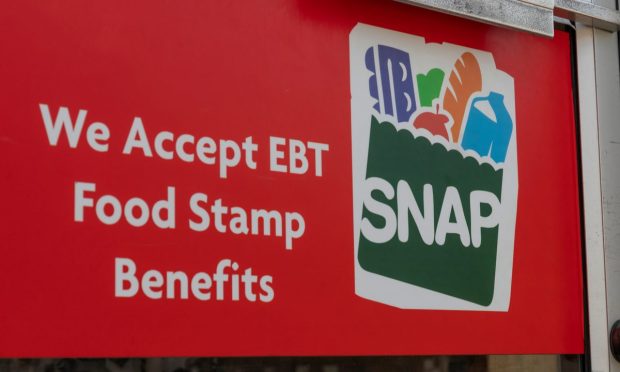Aggregators Expand SNAP EBT Acceptance to Woo Paycheck-to-Paycheck Shoppers

As aggregators compete to win the spending of financially struggling consumers, more players in the space are expanding their acceptance of Supplemental Nutrition Assistance Program (SNAP) Electronic Benefits Transfer (EBT) payments.
Target-owned same-day delivery aggregator Shipt, for instance, recently said it has begun accepting these benefits on its marketplace, reaching nearly three-quarters of the country’s food deserts, also offering recipients half-priced monthly memberships, which provide free delivery on orders over $35.
“Accepting SNAP EBT payments is another step in Shipt’s efforts to reduce hunger, and we are proud to help more Americans access affordable, nutritious foods in a convenient way — no matter their income, their transportation resources, or where they live,” Shipt VP of Economic and Social Impact Khadijah Abdullah said in a statement.
The news came less just one day after DoorDash announced a partnership with payments processor Forage to accelerate the USDA authorization process for merchants on DoorDash, lowering the time it takes for them to start accepting SNAP/EBT on the app.
“Growing the acceptance of SNAP/EBT payments can help families meet childcare and work obligations, relieve seniors of the potential stress of going to the grocery store, and support people with disabilities who face mobility issues,” Fuad Hannon, VP of New Verticals at DoorDash, said in a statement at the time. “We’re thrilled to further broaden access to food with on-demand delivery via DoorDash.”
Throughout this year, Uber Eats and Instacart have also been expanding their SNAP EBT acceptance.
These moves come as financially unstable consumers struggle to afford groceries amid their disproportionately inflated costs.
Data from the U.S. Bureau of Labor Statistics and U.S. Census Bureau highlighted by PYMNTS Intelligence reveals that, since the beginning of this several-year inflationary period, grocery prices have risen more than the all-item rate, more than non-grocery retail and more than workers’ hourly wages. As such, those grocery shopping trips have become a significantly greater financial burden. For consumers making under $50,000 a year, paying for food takes up as much as 25% of their monthly income.
Yet PYMNTS Intelligence finds that many of these financially distressed consumers are highly digitally connected. Thirty-five percent of those who make less than $50,000 a year are digitally engaged, as are a whopping 53% of those who live paycheck to paycheck and struggle to pay their bills.
“It may be that these consumers rely more on their mobile devices and apps to find deals, compare prices, check their balances and scan sites for coupons to redeem at checkout to save money,” PYMNTS CEO Karen Webster observed in a feature last month.
Overall, consumers tend to shop for groceries across digital and physical channels. A PYMNTS Intelligence survey of 2,500 U.S. consumers revealed that, as of April 2023, 52% of shoppers made grocery purchases both online and in person, while just 43% did so in person only and less than 6% did so purely via digital channels.
Plus, these expansions of SNAP EBT acceptance also court the favor of non-recipients. Research from the PYMNTS Intelligence special report “Generation Zillennial” finds that 1 in 4 shoppers cites whether a merchant’s social values align with theirs as very or extremely important when choosing where to shop.
For all PYMNTS retail coverage, subscribe to the daily Retail Newsletter.

